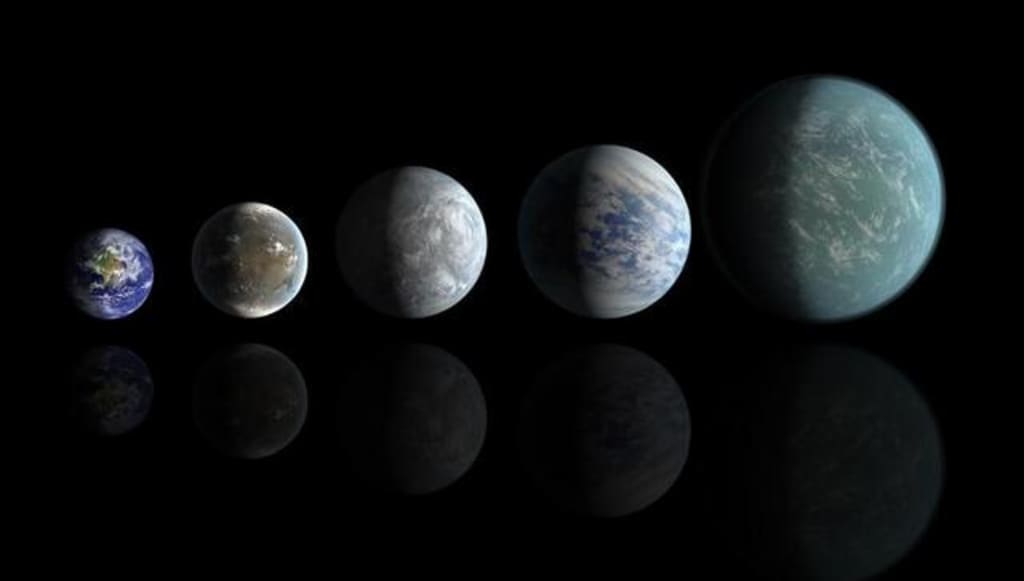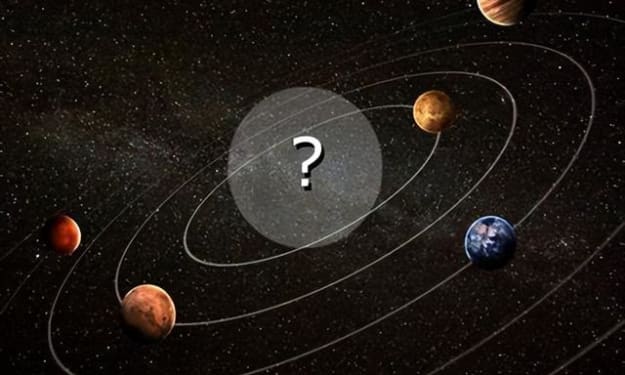Another "Super Earth" discovered
Alien life exists

The Sun is only one of the countless stars in the vast universe, and ever since this knowledge was gained, people have been speculating that other stars in the universe have their planets, just like the Sun.
Although this makes sense, it was impossible to test this speculation for a long time because the planets themselves do not emit light and are very small in mass and volume (relative to the stars).
It was only in 1995 that astronomers discovered the first exoplanet orbiting a main-sequence star, 51 Pegasi b. Since then, the search for exoplanets has become a popular field in astronomy, and so far To date, astronomers have discovered and confirmed more than 4,000 exoplanets, including some rocky planets larger in size and mass than Earth, which are also known as "Super earth".
Recently, a team of astronomers published a paper saying that another "Super Earth" has been discovered just 36.5 light-years away from Earth, and astronomers have named it Ross 508 b (Ross 508b).
"Ross 508 b orbits a star named Ross 508, a red dwarf of spectral type M4.5 in the constellation Serpens, with a mass of about 18 percent of the Sun and a radius of about 21 percent of the Sun. the radius of about 21% of the Sun, and an effective temperature of about 3071 K (Kelvin).
Observations show that "Ross 508 b" is about four times as massive as the Earth and orbits at an average distance of 0.053 astronomical units from its host star (equivalent to 5.3% of the solar-terrestrial distance), revolving around its host star about once every 10.75 days.
Since "Ross 508" is a faint red dwarf, its habitable zone is more inward than the Sun, so this distance puts "Ross 508 b" just inside the habitable zone of its host star, in which case, In this case, the surface temperature of "Ross 508 b" can allow the existence of liquid water, which means that there may be extraterrestrial life on this "super-Earth".
It is important to note that this is a hypothesis that cannot be verified for the time being, and even if there is extraterrestrial life on "Ross 508 b", they will have a much harder time than life on Earth for two reasons.
The first reason is that because "Ross 508 b" is so close to its host star, it is likely to be tidally locked, which would cause "Ross 508 b" to face its host star with the same face all the time, in which case its sunny side" will be baked by the main star, and its surface temperature will be very high, while the "sunny side" will be a very low temperature "dark world" because it cannot be illuminated by the main star. The "backside" will be a "dark world" with low temperature because it cannot be illuminated by the main star.
If this is the case, then the natural environment of both the "sunny side" and the "backside" of Ross 508 b is very unfriendly to life, and only in the narrow area where the "sunny side" and "sunny side" meet could conditions be suitable for life.
Another reason is that, compared to yellow dwarfs like the Sun, red dwarfs are much grumpier, and huge flares often appear on the surface of these stars.
This is because the mass of red dwarfs is so small that they are unable to form a "radiation layer" like the Sun's that prevents outer material from entering the core, which causes direct convection between the outer layers of the red dwarf and the core, resulting in surface instability.
When a red dwarf flares on its surface, it releases much higher energy than usual through electromagnetic radiation (mainly in the X-ray, UV, and radio bands).
Proxima is a red dwarf star slightly smaller than Ross 508, and in the past, astronomers have often observed huge flares of Proxima, especially in May 2019, when a surprising super-flare appeared, with its brightness in the ultraviolet band skyrocketing by about 14,000 times, compared to the largest solar flare known to man, which was only about 1% of the size of this super flare.
As mentioned earlier, "Ross 508 b" is only 0.053 astronomical units away from its host star, so it is easy to imagine that if there is extraterrestrial life on this "super-Earth", it is likely to be simple creatures living underground or deep in the ocean. It is difficult for life (at least the life we know of) to survive and develop for long on the surface of a planet that is occasionally "hit" by flare events at close range.
About the Creator
Robert Jack
One of the secrets of emotional stability for adults is to keep the expectations of others to a minimum.






Comments
There are no comments for this story
Be the first to respond and start the conversation.